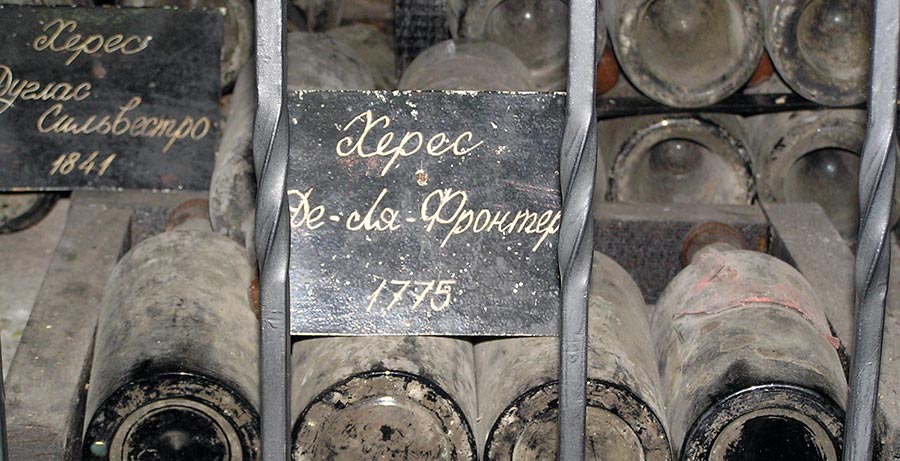There exists something of a “reg lag” when it comes to changes to European wine region laws. Folks in the wine community will often hear quite big changes announced and it seems that all is said and done. The truth is, the machines behind the scene (namely, official ‘bulletins’) take a good deal more time to make everything fully legal and solidified, which is what we’re now seeing with the fully-official changes announced in September 2021 that have come to be in DO Sherry as of 10 October. One of […]


